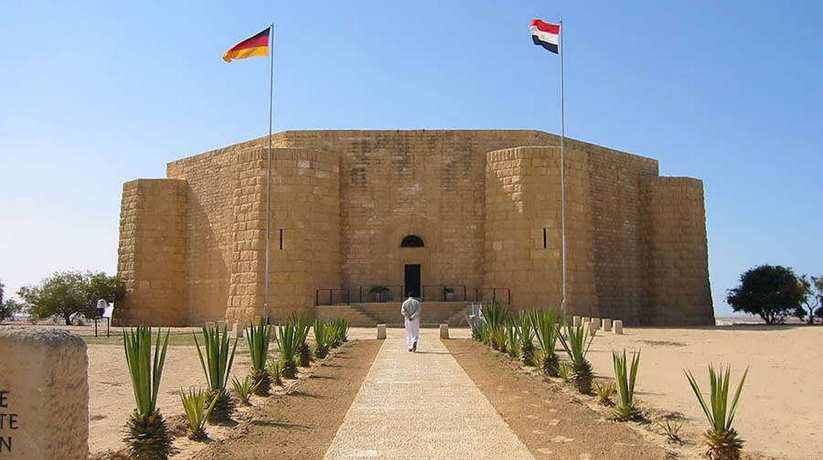
Introduction
World War II marks a pivotal moment in history, and Egypt played an extraordinary role during this tumultuous period.
The Setting
From the bustling streets of Cairo to the vast deserts, Egypt’s strategic location made it a crucial battlefield. Personally, I find it fascinating how this ancient land became a theater for modern warfare.
- Key factors of interest:
- Geopolitical significance
- Resources and logistics
- Rich military history
Join me as we explore the battles, strategies, and legacy that defined Egypt during World War II!
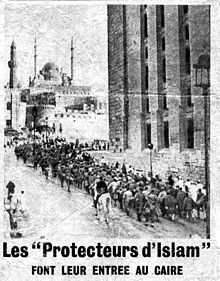
Egypt’s Strategic Importance in World War II
As we delve deeper into the role of Egypt during World War II, it’s hard to overlook its strategic importance. Positioned at the crossroads of Africa and the Middle East, Egypt was not just a geographical marker— it was a vital hub for both Allied and Axis forces.
The Suez Canal: A Lifeline
Sitting at the heart of Egypt’s significance is the Suez Canal. Personally, I can almost visualize how vital this waterway was, facilitating clear passage for naval ships.
- Key Points:
- Shortened the journey between Europe and Asia
- Essential for transporting troops and supplies
- Control of the Canal meant control of trade routes
Understanding these geographical aspects reveals why Egypt was a focal point for military operations. Let’s explore the major battles that unfolded within its borders!

Major Battles in Egypt
Now that we’ve established Egypt’s strategic importance, let’s turn our focus to the major battles that unfolded on its soil. Each battle played a pivotal role in the outcome of the war, showcasing the significance of this ancient land.
Battle of El Alamein
The Battle of El Alamein is an exhilarating chapter in World War II history. I remember reading about how this battle became a turning point for Allied forces. It took place in the fall of 1942 and showcased remarkable determination.
- Highlights:
- Marked the halt of Axis expansion into Egypt.
- Featured British General Bernard Montgomery in command.
- Strategy involved the use of deception and feints.
Siege of Tobruk
Next, the Siege of Tobruk, which lasted from April to December 1941, is another fascinating story. Tobruk’s defense turned into a symbol of resilience for the Allied troops.
- Key Details:
- Allied forces, mainly Australian troops, held off the Afrika Korps.
- Tobruk was crucial for its port and supply routes.
- The siege created a sense of camaraderie and determination among the defenders.
These battles not only showcased military strategies but also reflected the spirit of the soldiers involved. Let’s explore the forces that clashed in these intense confrontations!
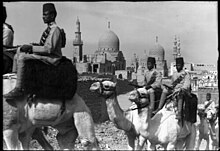
Allied and Axis Forces in Egypt
As we sift through the intense battles in Egypt, it’s essential to examine the forces at play. The clash between the Allied and Axis forces created a dynamic and often precarious battlefield.
British Eighth Army
One of the most notable Allied forces was the British Eighth Army. I was always fascinated by their tenacity and strategy during the North African campaign.
- Key Attributes:
- Renowned for their diverse composition, including troops from the UK, Australia, New Zealand, and India.
- Successfully adopted innovative tactics, including mobile warfare.
- Commanded by General Bernard Montgomery during significant engagements like El Alamein.
Afrika Korps
On the opposing side, the Afrika Korps, led by the charismatic Field Marshal Erwin Rommel, represented the Axis forces with fierce determination. It’s almost thrilling to think about Rommel’s reputation for bold moves.
- Notable Aspects:
- Comprised mainly of German and Italian troops.
- Famous for their blitzkrieg tactics, emphasizing speed and surprise.
- Engaged in numerous skirmishes, often looking to capitalize on terrain advantages.
Understanding the strengths and strategies of these forces showcases the complexity of the campaign in Egypt. Let’s take a closer look at how the unique geographical features shaped the warfare!
Source: english.ahram.org.eg
The Role of Egypt’s Geographical Features
As we explore the intense military campaigns in Egypt, it’s impossible to ignore how the country’s geographical features influenced warfare. The distinct landscape presented unique challenges and advantages for both sides.
Desert Warfare
Desert warfare became a defining characteristic of the North African campaign. Personally, I find it fascinating how soldiers adapted to the harsh conditions.
- Challenges faced:
- Extreme temperatures during the day and night.
- Limited water and food supplies.
- Navigational difficulties in the vast expanses of sand.
Despite these hurdles, the adaptability of troops was remarkable, inventing strategies tailored to the environment.
Suez Canal
Now, let’s talk about the Suez Canal, the jewel of Egypt’s geographical features. It’s exciting to think about how this waterway represented a lifeline for both sides.
- Significance:
- Allowed for fast troop and supply movements.
- Served as a strategic point for control over maritime routes.
- The threat to the Canal often dictated military tactics and operations.
Both the desert and the Suez Canal played crucial roles in shaping the battles fought in Egypt. Up next, we’ll delve into the military strategies employed during these intense confrontations!
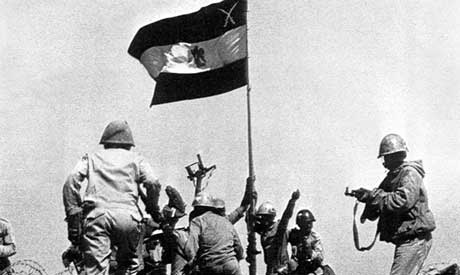
Military Strategies Used in Egypt
With the stage set by Egypt’s unique geography, let’s dive into the military strategies that defined the conflict. The dynamic between offense and defense was crucial, leading to a fascinating showcase of tactics.
Blitzkrieg Tactics
One of the most pivotal strategies employed by the Axis forces was the blitzkrieg—a term that gets me excited every time I hear it. This “lightning war” involved rapid, coordinated assaults.
- Key Components:
- Fast-moving armored divisions leading the charge.
- Support from air forces to disrupt enemy lines and supply routes.
- Emphasis on surprise and mobility to overwhelm opponents.
I remember reading how these tactics initially caught the Allies off guard, igniting intense confrontations.
Defensive Positions
On the other side, the Allies relied heavily on building strong defensive positions. It’s intriguing to see how preparation paved the way for resilience.
- Characteristics:
- Establishment of fortified bases, like Tobruk and El Alamein.
- Strategic use of terrain to create chokepoints and ambush opportunities.
- Layered defenses that included artillery, minefields, and infantry support.
These defensive strategies allowed the Allies to withstand pressure and ultimately shift the momentum. So, as we wrap up this discussion, let’s reflect on the lasting legacy of these World War II battlefields in Egypt!
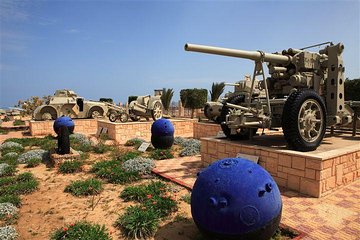
Legacy of World War II Battlefields in Egypt
As we conclude our exploration of the military strategies used in Egypt, it’s vital to reflect on the enduring legacy of the World War II battlefields. These sites tell stories of courage, sacrifice, and unyielding determination, which resonate even today.
Historical Significance
Many of these victorious and tragic sites have transformed into significant historical landmarks. I find it touching when I think about how they honor those who fought bravely.
- Key points:
- Sites like El Alamein have become memorials for fallen soldiers.
- Educational initiatives ensure future generations learn about this pivotal history.
- The resilience demonstrated still inspires contemporary military strategies.
Visiting these battlefields can be a profound experience, reminding us of the struggles and victories that shaped modern Egypt and the world. Let’s cherish and remember their legacy!

